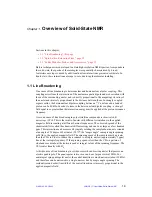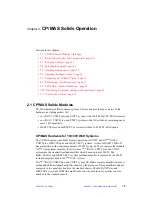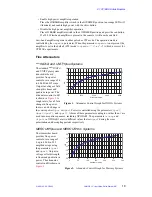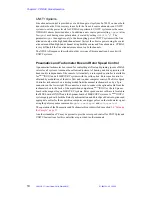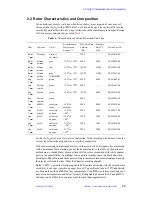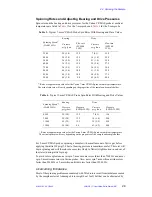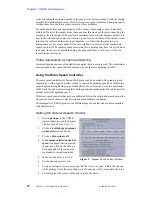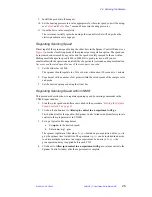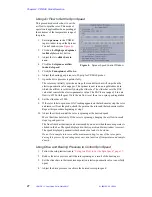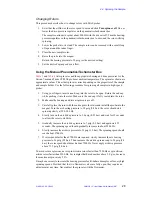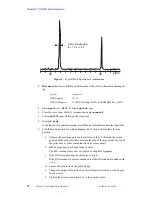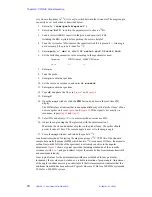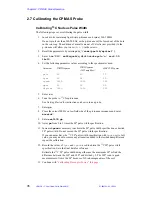
Chapter 2. CP/MAS Solids Operation
21
VNMR 6.1C User Guide: Solid-State NMR
01-999162-00 C0402
Rotor and end cap compositions are given in
.
2.3 Preparing Samples
Solid samples are normally packed into hollow rotors and sealed with fluted caps. The
method of filling the rotors depends somewhat on the form and nature of the sample. The
most critical factor in spinning reliability is the dynamic balance of the filled rotor. Some
specific recommendations on filling the rotors and achieving a reasonable balance for
different kinds of samples are given below.
Homogeneous Machinable Solids
Although some hard machinable polymers can be made directly into solid rotors, it is much
easier to make a plug for the standard hollow rotor. The signal-to-noise difference is not that
significant. The fit must be tight enough to prevent the plug from rattling around or slipping
out during spinning. The sample material must be homogeneous and free of voids for the
spinning rotor to remain balanced.
One way to remove a sample plug is to drill and tap a center hole about halfway through
the plug for a 2-56 screw. This is best done on a lathe to facilitate centering and ensure
balance. A small screw is then used to extract the plug.
Machine samples of solid materials to 0.440
±
0.005 in. (11.176 mm) in length with a
diameter of 0.1960
±
0.0005 in. (4.979 mm) for Varian 7-mm rotors or 0.137 in. (3.48 mm)
for Varian 5-mm rotors and placed inside a rotor.
Granular and Powdered Materials
The best method for filling the rotors with granular or powder materials is to pour the
material into the rotor and leave just enough room for the cap. Granular and powdered
materials work best as uniform particles of 100 mesh or finer. If the material can be ground,
do so before attempting to pack the rotor (a mortar and pestle is usually sufficient). Fluffy
or flaky materials can be packed with a rod machined to a slightly smaller diameter than the
internal diameter (ID) of the rotor. Hand pressure is sufficient. Hard packing with a press
or hammer is not necessary and can damage the rotors. The cap works best if it is in contact
with the top of the sample material and fits snug and flush with the top of the rotor.
Miscellaneous Materials
Sample material types and forms exist that are not machinable solids, granular, or
powdered. Some of these materials can be prepared in rotors so that dynamic balance is
Table 2. Background Nuclei of Rotor Material
Material
Background
Kel-F end cap
C (not cross-polarizable from H), F (cross-polarizable)
Vespel, Torlon, pMMA end cap
C (cross-polarizable), H
zirconia rotor*
Zr, O, traces of Mg, Y, Al
Si
3
N
4
rotor**
Si, N, some Al
*Not recommended for CP/MAS experiments.
**Use Si
3
N
4
rotors only for high power CP/MAS applications.








